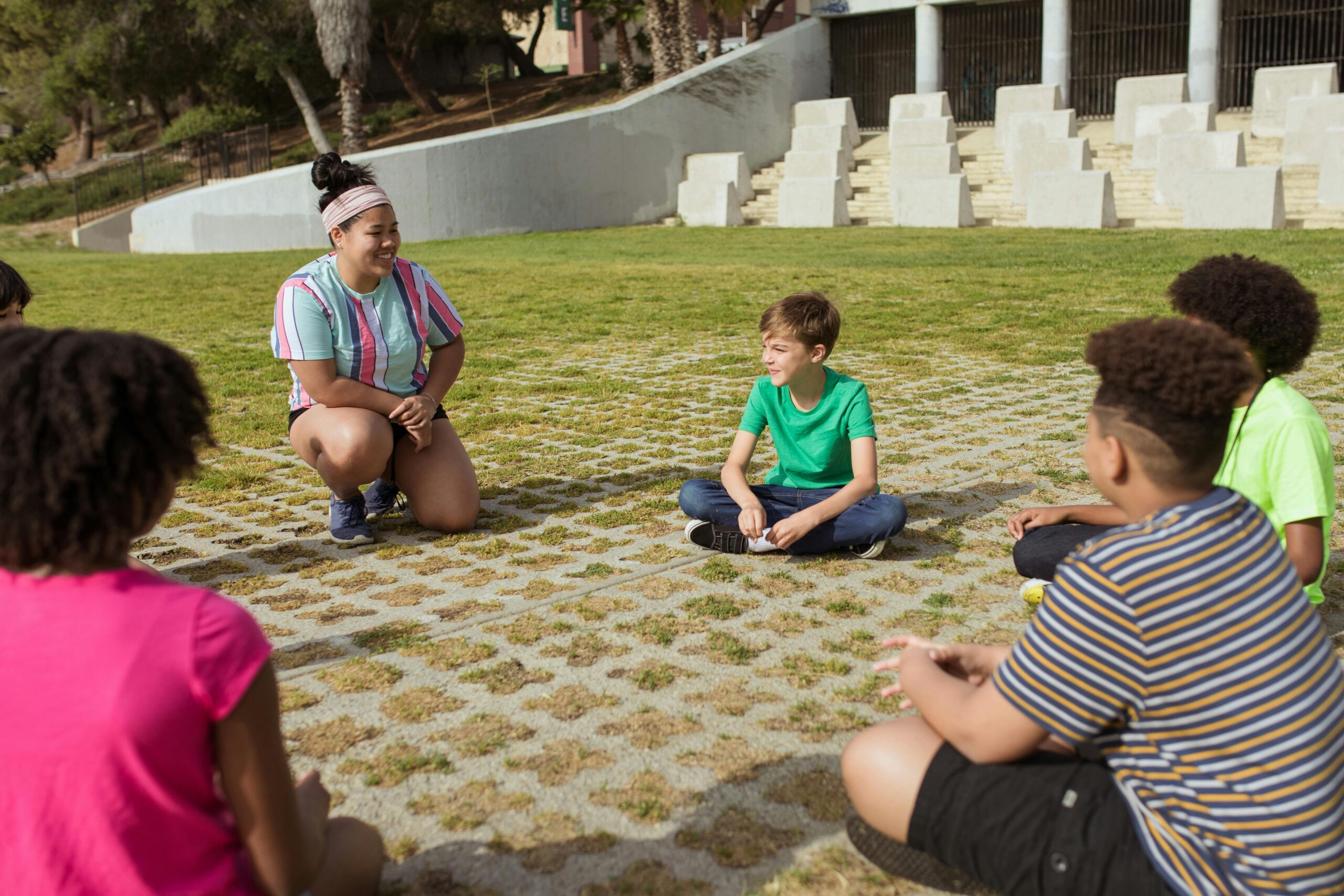Play Spaces in 2025: Designing Inspiring Environments That Fuel Your Child’s Growth & Imagination
A well-designed play space is more than just an area filled with toys — it’s a nurturing environment that sparks creativity, encourages exploration, and supports your child’s physical, cognitive, and emotional development. Whether you have a dedicated playroom or a small corner in your living room, optimizing play spaces can make a big difference in how children engage with play daily.
1. What is a Play Space?
Play spaces are any designated areas where children can safely play, explore, and learn. These can range from a fully equipped playroom to a simple reading nook or even outdoor corners. The best play spaces are inviting, organized, and adaptable to different types of play such as sensory, dramatic, or fine motor activities.
2. Why Are Play Spaces Important?
- Encourages Independent Play: Children learn to explore and entertain themselves when they have a safe and appealing area to play.
- Supports Development: Properly designed spaces promote physical movement, creativity, problem-solving, and social interaction.
- Creates Routine: A consistent play space signals to children when it’s time for play, helping develop structure and focus.
- Reduces Clutter: Organized spaces teach children responsibility and respect for their belongings.
3. How to Design a Play Space at Home
- Choose the Right Location: Consider safety, accessibility, and supervision. Natural light and ventilation are a plus.
- Organize Zones: Divide the space into areas for different types of play: quiet reading, messy sensory play, active movement, and pretend play.
- Use Child-Friendly Furniture: Low shelves, soft rugs, and sturdy tables encourage independence and safety.
- Incorporate Storage: Baskets, bins, and shelves keep toys organized and easy to find. Labeling can help older kids participate in clean-up.
- Add Personal Touches: Display your child’s artwork or favorite books to make the space welcoming and motivating.
4. Indoor vs. Outdoor Play Spaces
Both indoor and outdoor play areas are valuable. Indoor spaces offer controlled environments for focused activities and comfort, while outdoor spaces provide fresh air, large movement areas, and natural sensory experiences. When possible, balance both to maximize benefits.
5. Play Space Ideas for Small Areas
- Use vertical space with wall shelves and hanging storage.
- Create portable play kits for easy set-up and clean-up.
- Use foldable furniture or multi-purpose items like storage ottomans.
- Dedicate a corner with soft mats and cushions for cozy play.
6. Safety Tips for Play Spaces
- Secure furniture to the walls to prevent tipping.
- Use non-toxic materials and avoid choking hazards.
- Ensure electrical outlets are covered.
- Keep small toys out of reach of very young children.
- Regularly inspect toys and the space for wear and hazards.
7. Encouraging Play in Your Play Space
Make the space inviting by rotating toys to keep interest alive. Join your child in play occasionally, but also encourage solo and peer play to build confidence and social skills. Use themed setups like a “grocery store” or “art studio” to inspire imaginative play.
FAQs About Play Spaces
- Q1: How much space do I need for a play area?
Even a small corner (around 4×4 feet) can be effective if well organized. - Q2: What are the best types of furniture for a play space?
Child-sized, durable, easy-to-clean, and with built-in storage are ideal. - Q3: How do I keep play areas tidy?
Use labeled storage bins and involve your child in regular clean-up routines. - Q4: Should I separate different types of play in different zones?
Yes, it helps children switch between activities and reduces distractions. - Q5: Can outdoor play spaces be safe for toddlers?
Absolutely, with supervision and by childproofing the area (soft ground, secure fencing).

